
Australian Sapphires
I fell in love with Australian Sapphires when I was a small boy along with my best mate Roo. The different colours and shapes just amazed me, so when I left school I became a Gem cutter, but that is another story. I traveled around this big country down under, looking for places to dig for that small piece of rough, the Sapphire.
My favourite place for finding Australian Sapphires was in Anakie, Queensland, Australia. The digging, sifting and sorting was always very hard work. Finding the rough was the first stage in the life of the sapphire, then came the cutting. Back then a good cutter in the gem fields could cut up to 10 stones in a day, now most are sent overseas to be cut.
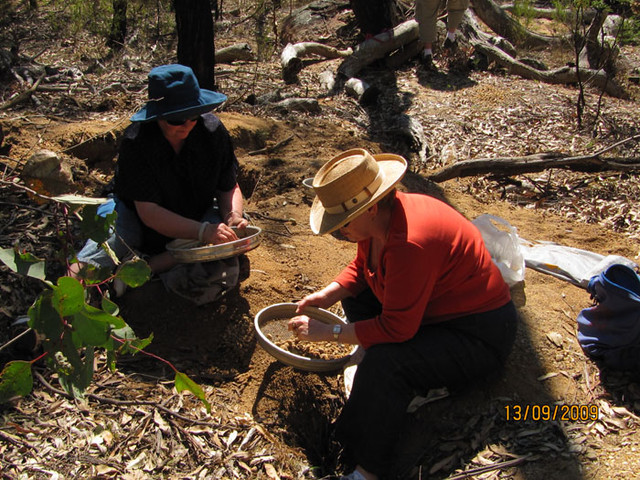
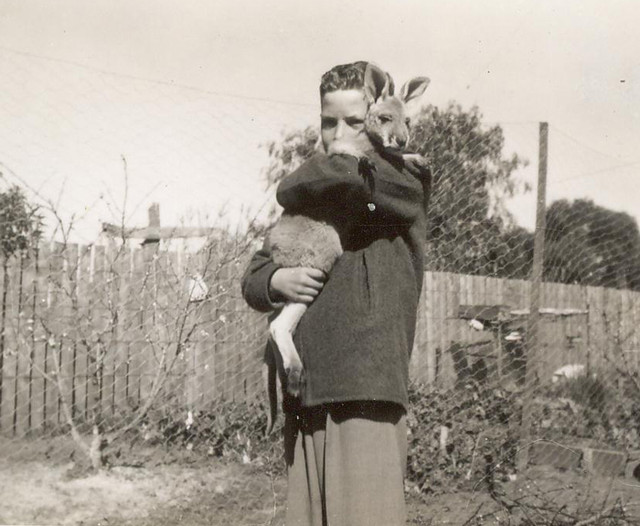

The mines of Australia have produced more commercial-grade blue sapphire than any other source in history. This fact is more startling when you consider that Australian sapphires became popular only after the Thai Heat treating process was improved in the 1960s. Australia is also a well-known source for large, high quality yellow and green sapphires and it also produces pink and orange in limited quantities. Today however, Australian Sapphires are at an all time low.
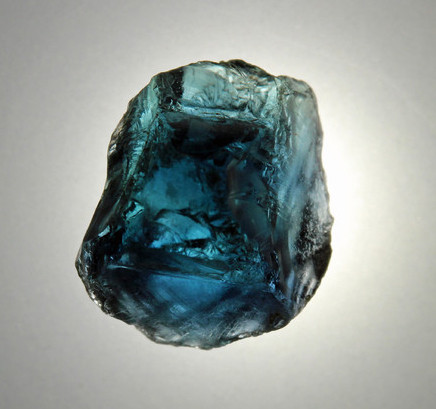
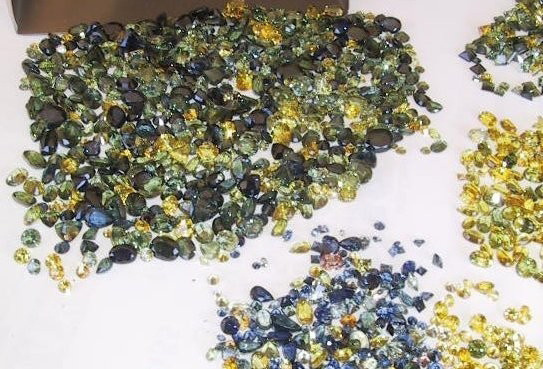
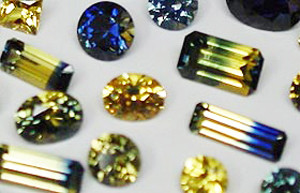

The typical Australian sapphires have dark blue colour, a strong green dichroic and colour zoning. The Parti colour Sapphire, usually blue, green and yellow in one stone is my favourite. Many stones are cut shallowly to make the colour appear lighter.
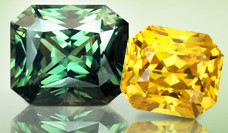
Most Australian sapphires are heat treated today to lighten and improve their colour and make them more transparent.
Australian Sapphire Rough averages about three carats in size, although larger specimens were occasionally found before the onset of mechanized mining.
The cutting of Australian sapphires is an art in itself as each stone is different and must be orientated to give the best colour, if this is not done correctly you will end up with a sapphire that looks very dull. Most people do not know when a stone is cut you can lose up to two thirds of the original weight.
The sapphire (corundum group), the members of which are characterised by their excellent hardness (9 on the Mohs scale). Indeed their hardness is exceeded only by that of the diamond, – and the diamond is the hardest mineral on Earth! Thanks to that hardness, Australian sapphires are easy to look after, requiring no more than the usual care on the part of the wearer. The sapphire symbolises loyalty, but at the same time it gives expression to people’s love and longing.
The color of Australian Sapphires can remind one of the shining mid-blue of a lovely summer’s day, which casts its spell over us. However, this magnificent gemstone also comes in many other colours: Green, Yellow, Parti, Colour Change and many other colours. Having said that, their value depends on the size, colour and transparency. With stones of very fine quality, these are, however, not the only main criteria, neither is the colour itself necessarily a function of the geographical origin of a sapphire, which explains the great differences in price between the various qualities. The most valuable are genuine Natural stones. Burmese and Ceylon sapphires are valued the highest along with the Australian Parti coloured.
The possibility of Australian Sapphires having undergone some treatment or other is also a factor in determining the price, since gemstones which can be guaranteed untreated are becoming more and more sought-after in this age of gemstone cosmetics. And if the stone selected then also happens to be a genuine, certified stone the price will reflect that.
SHOP AUSTRALIAN SAPPHIRES
Search the Gemstone Encyclopedia
Related Auctions
Related Articles
Australian gemstones are unique to the country they come from. Australia used to be very active volcanically and most of the gems found were formed from these volcanoes.
8th May 2018
Australian Sapphire prices are set to boom with the announcement of Richland Resources pulling their first Sapphire out of the Capricron Sapphire mine. Together with two other factors Aussie Sapphires are about to become extremely popular.
8th May 2018
The color of a Sapphire is cuased by different impurities inside the gemstone. Titanium for example creates the beautiful deep blue that we love so much in Sapphires
8th May 2018
Latest Articles
Shortite is a rare mineral and rarer gemstone, usually found as colorless or yellow wedge-shaped crystals. Learn the value, history, and properties of shortite in this guide!
9th Dec 2024
Senarmontite is an uncommon antimony mineral mostly used industrially but occasionally collected as rare gems or pearly crystals. Find out all of the traits, uses, prices, and history of senarmontite.
27th Nov 2024
Tantalite is a group of red, brown, or black minerals containing the rare and valuable element tantalum. Discover the uses, history, prices, and properties of tantalite gemstones in this guide!
11th Nov 2024
Article Categories
How To's is where you will find helpful articles from gem Rock Auctions on how to cut gemstones, select gemstones and buy gemstones.
9 Articles






![SIZE 9 BLUE AUSTRALIAN SAPPHIRES SET IN SILVER RING [SJ4511]](https://liveplatforms-production.b-cdn.net/tenants/gr/uploads/images/675000-679999/678119/5954747250fa9.jpg?width=480&aspect_ratio=1001%3A1000)
![SIZE 8 BLUE AUSTRALIAN SAPPHIRES SET IN SILVER RING [SJ4532]](https://liveplatforms-production.b-cdn.net/tenants/gr/uploads/images/675000-679999/678302/59559024e8e65.jpg?width=480&aspect_ratio=1001%3A1000)
![SIZE 8 BLUE AUSTRALIAN SAPPHIRES SET IN SILVER RING [SJ4535]](https://liveplatforms-production.b-cdn.net/tenants/gr/uploads/images/675000-679999/678306/5955912c2785d.jpg?width=480&aspect_ratio=1001%3A1000)